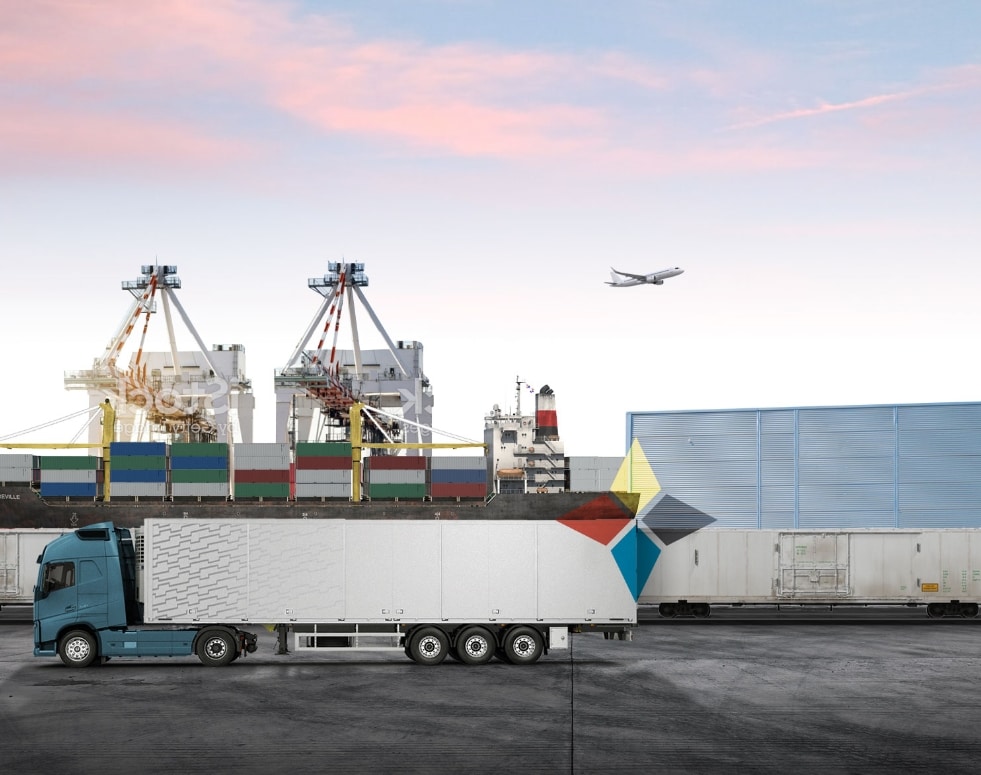
Customer satisfaction is critical to the success of nearly any business. Meeting customer expectations isn’t easy, though, as supply chains become more complex and delivery requirements tighten. Adding supply chain visibility to your toolkit is a great first step to meeting customer needs and increasing compliance with SLAs. But if you lack a solid partnership with your freight carriers, the performance of your supply chain could suffer. When shippers and carriers are aligned to common goals—and given the tools necessary to accomplish those goals—they are set up for success.
So how do do the most successful shippers onboard and manage carriers?
It takes leadership, commitment, cooperation and communication to bring any given set of carriers on board the platform. Here are some of the best practices we’ve seen at FourKites as we’ve worked with the world’s largest shippers (more than 200 Fortune 1000 shippers and counting) and their carrier partners to tap into the huge value in supply chain visibility.
Involve procurement
Increasingly, shippers’ procurement teams are moving to ELD compliant carriers and have a defined process for communicating with business teams (as well as FourKites) when bringing on new carriers. It’s a smart move that’s less risky for the shipper from an operational standpoint and it eases technical integration later.
Take a focused approach
Customers who have the most success with quick carrier onboarding and improving compliance maintain a narrow focus on priority carriers and are engaged in enforcing carrier compliance. They present a united front to ensure every operational contact a carrier may interact with at the company is aware of the importance of the effort and they require carrier participation.
Put someone in charge
More shippers are assigning a main point of contact for carrier onboarding—ideally, someone who has relationships with carriers and can assist in the event of escalations or operational issues.
Communicate
The smoothest carrier onboarding efforts maintain a coordinated communication effort with carriers. FourKites routinely works with shippers to send out introduction letters and to hold an initial webinar with carriers to review the program and the process, underscore expectations and discuss responsibilities and key milestones. In addition, successful shippers use FourKites’ extensive status reports—all of which are now available in real-time within the app—to manage escalations and communicate on progress during regular check-in meetings with carriers.
Recognize compliance is a process
At its most basic, a carrier’s compliance rate represents the number of loads they tracked compared to the number of loads a customer has sent for the carrier. SuperTracked takes into account how well a load is tracking—for instance, if a carrier is only sending pickup and delivery notifications. Successful shippers dedicate time to reviewing loads for recently completed carriers to understand how they are performing from both a compliance and tracking quality standpoint.
Act quickly
Successful shippers take quick action on escalations, keeping everyone aligned to stated deadlines and holding everyone responsible, with specific repercussions, when issues arise.
Set achievable goals
If your compliance rate is at 50%, it might be tough to get that up to 90% in a week. Compliance is a long-term, ongoing process—successful shippers will constantly want to regularly reevaluate and set new scaled targets.
Be reflective
Sometimes customer data and operational problems make carrier compliance difficult. When shippers are willing to make improvements to their own operations, carriers will follow your lead.
Ultimately, the success of any onboarding effort will vary based on any given shipper’s carrier base, its operations, and the effort the shipper places in working with its carriers on the project.
What did we miss? What’s worked for you? We’d love to hear from you.
Source: LinkedIn